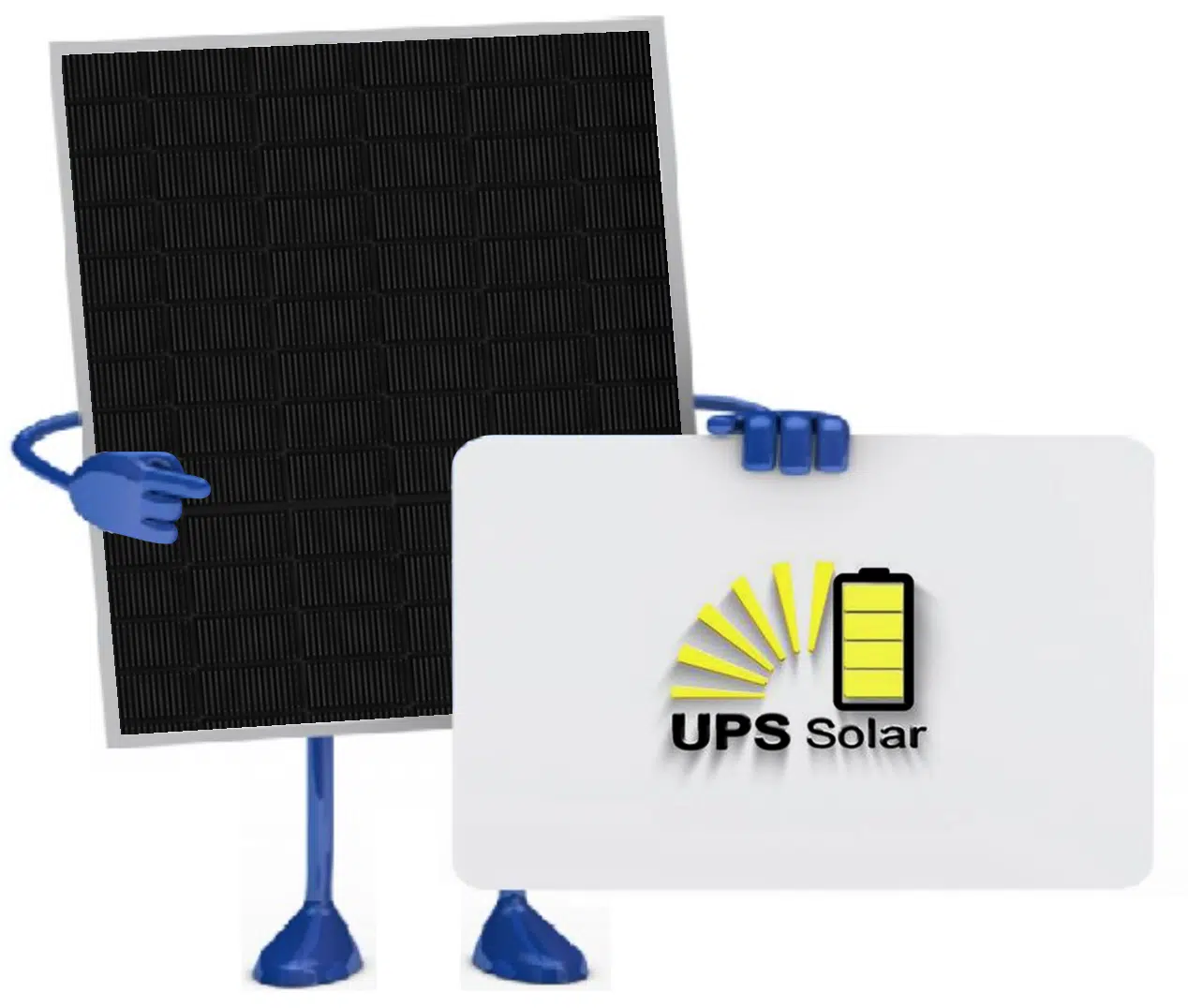
Solar panels have become a popular choice for clean energy, helping both homeowners and businesses reduce electricity costs and environmental impact. Understanding how solar panels work can be helpful if you’re considering contacting solar panel installers to set up a system on your property.
Solar panels work by converting sunlight into electricity through a process called the photovoltaic (PV) effect. Each panel contains multiple solar cells, typically made from silicon, a material that allows for efficient light absorption. When sunlight hits these cells, it causes electrons in the silicon atoms to become energised. This creates an electric current, which flows through the panel to generate direct current (DC) electricity. However, most homes and businesses use alternating current (AC) electricity, so an inverter is needed to convert DC into usable AC power.
Once converted, the electricity can be used to power appliances and devices in your home. If your solar panels produce more energy than you need, the excess can often be sent back to the grid, potentially earning you credits with your utility company – a process known as net metring.
Choosing professional solar panel installers ensures your system is set up correctly and optimised for maximum sunlight exposure. This is crucial for generating the highest possible energy output and maximising savings over time. Solar panel installers also help with proper wiring, integration with your existing power supply, and may guide you through any available incentives or rebates.
Understanding how solar panels work not only gives insight into clean energy but can also make a meaningful difference to your energy costs and carbon footprint. Solar panel installation is an investment that can pay off in both savings and sustainability.